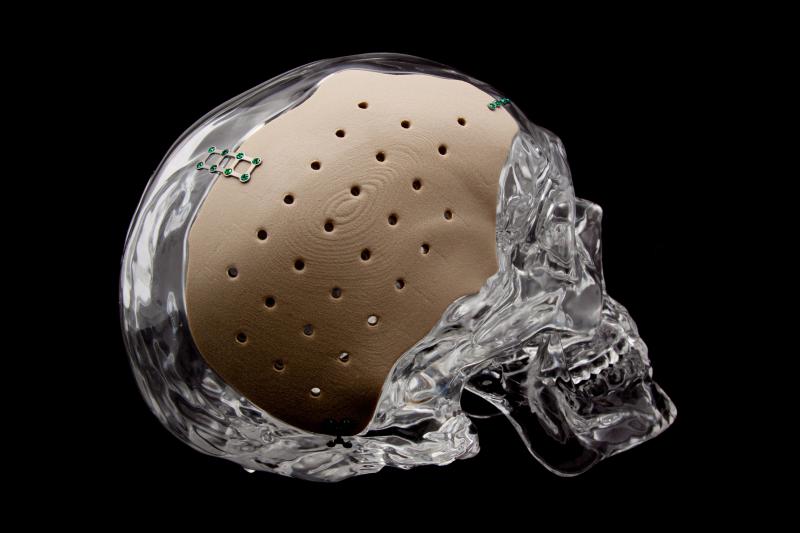As previously reported, Hexcel Corporation recently acquired the advanced 3D printing materials Aerospace and Defense (A&D) business of Oxford Performance Materials (OPM).
3D Printing Industry asked Scott DeFelice, OPM CEO and Chairman of the Board, a few questions about his future plans for the company and the development of new materials for additive manufacturing.
3DPI: Will OPM continue to develop materials for the 3D printing industry?
Scott DeFelice: Yes – our focus remains on applications of PEKK (poly-ether-ketone-ketone) technology. We have some exciting new materials in development and are always looking for partners who have specific performance needs from a materials perspective.
3DPI: Can you give any more detail on the terms of the acquisition?
SD: No the terms of the transaction will remain private but the Hexcel transaction represents a successful exit on Aerospace & Defense and strong positioning to further advance OPM’s biomedical, industrial and materials businesses.
3DPI: Can you give some more detail on the uniqueness of the OPM qualified, high-performance thermoplastic, carbon fiber reinforced 3D printed parts acquired by Hexcel?
SD: Uniqueness simply comes down to performance, repeatability and cost compared to incumbent technologies. OPM’s OXFAB® technology starts with the world’s highest performance thermoplastic that is suitable for use in the most demanding applications such as space, deep sea, semiconductor and high temp/low temp corrosive environments.
No other industrialized additive manufacturing technology can make this claim. But in addition to this, OPM has also fully validated the industrialization of this product; OXFAB structures offer significant weight, cost and time-to-market reductions that are defined in a set of specified performance attributes in the exhaustive OPM B-Basis database, developed in conjunction with NASA and Northrop Grumman.
The B-Basis is the gold standard for aerospace industry and OPM is the only company we are aware of that has this level technical data available to the marketplace. Without this level of data validation, material + machine combinations present aspirations, not functional products for implementation.
3DPI: What will be the primary focus of OPM post-acquisition?
SD: OPM will continue to develop its biomedical OEM and private label business, its materials business, and also move our OXFAB technology into other very attractive industrial verticals, such as semiconductor, oil & gas, and automotive – enormous markets that offer tremendous potential for OPM’s high performance additive manufacturing (HPAM™) technology.

3DPI: Is there anything else you would like to add?
SD: This is the second successful exit OPM has engineered built out of our core materials technology. We believe we are perfectly positioned to build new businesses going forward and grow our enterprise.
Tell us which materials companies are leading the 3D printing industry, nominations for the second annual 3D Printing Industry Awards are now open. Make your selections here.
For all the latest 3D printing industry news, subscribe to the 3D Printing Industry newsletter, follow us on Twitter, and like us on Facebook.



